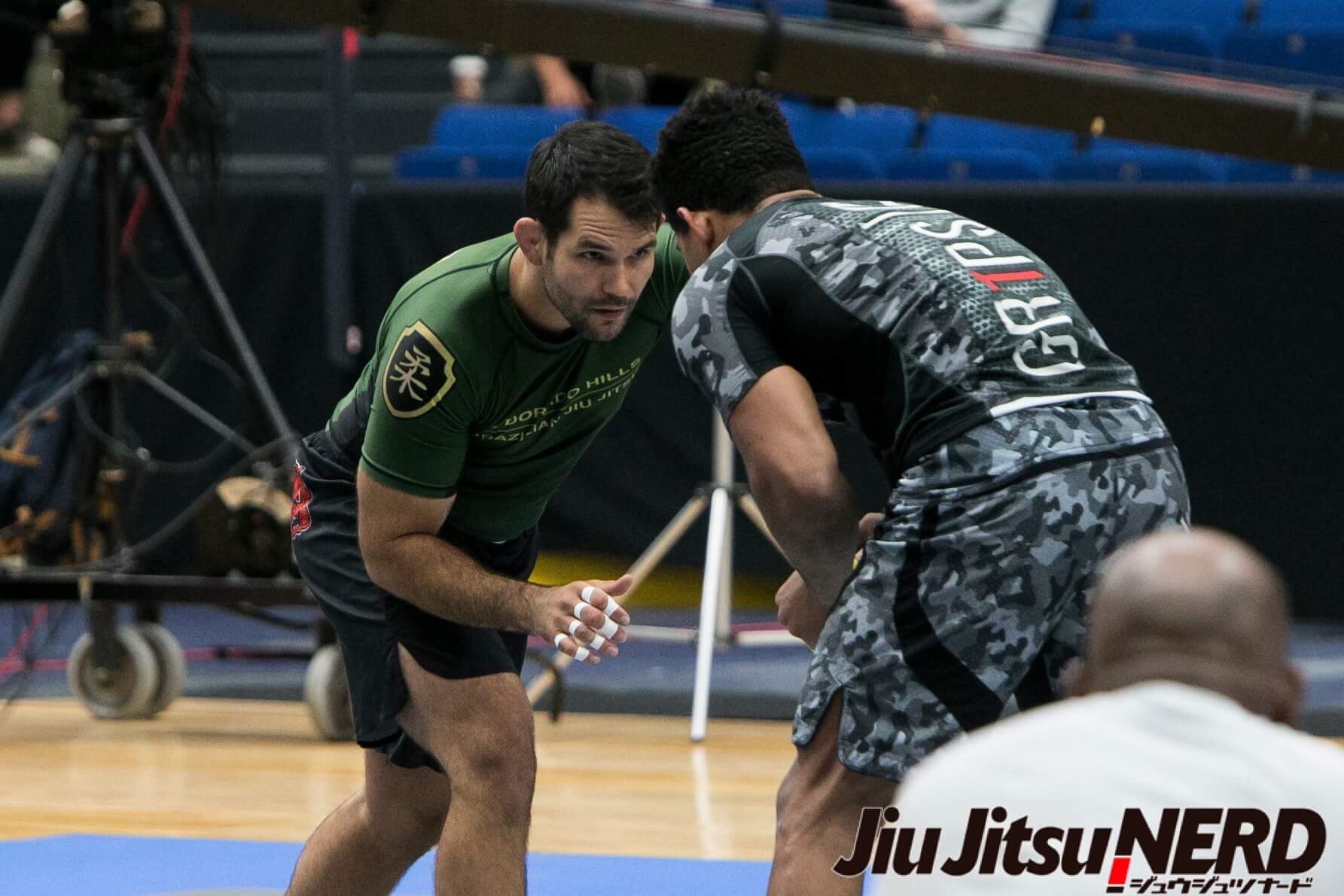If you don’t know how to fall properly from a throw, that’s the same as not knowing when to tap in a submission.
Fighting or resisting a submission can lead to a higher potential of injury. The more you resist a submission you expose yourself to breaking the joint under attack. To most that’s quite obvious. However, the same could be said to be true for a throw. The more you resist getting thrown, the more likely you could get hurt.
Both situations require you to concede from the fight. In a throw, unlike a submission, you don’t get to tap. Instead, you have to go with the throw, or roll through the movement of breaking your fall. The more your resist the throw, the less time you have to “take” the fall. This results in slamming your shoulder or face into the ground.
Many Brazilian Jiu Jitsu practitioners become quite good at treading on the edge of defending a submission or tapping even as a blue or purple belt. However when it comes to being taken down or thrown, they usually require more time and practice. This means countless hours of practicing break falls, and countless hours being thrown in drilling, and countless hours being thrown in half resistance situational training. Doing so allows you to realize where you can defend a thrown and where you should concede to avoid potential injury. 
While some people would say that in a throw there is much less control than in a submission, I have noticed the best in the game have a great amount of throw control. Some of the best throwers pick you up and are able to do whatever they want to do with you. I’ve also met submission artists that can do the same, holding the opponent on the brink of submission. In either case, accidents and injury’s happen most often with one or both practitioners lose control.
In either case, the takedown artist and the submission specialist are both fighting for control. When the two artists understand the position and danger associated with the scenario, risk of injury is minimized. However, when there is a lack of control and understanding of the situation one if not both are at risk of injury.
At the end of the day, no one wants to get hurt and no one wants to hurt anyone. Be careful and practice control. Stick to drilling situations you are not familiar with or consider stopping when you find yourself in a position you need to learn more about.

Eliot